Growing Thyme Indoors can feel like a little slice of the Mediterranean sun shining right in your kitchen! Have you ever dreamt of snipping fresh, fragrant thyme sprigs right when you need them, instead of relying on dried herbs from the store? Well, dream no more! This DIY guide is your passport to a thriving indoor thyme garden, even if you think you have a black thumb.
Thyme, with its rich history dating back to ancient Egypt where it was used for embalming, and ancient Greece where it symbolized courage, has always been a cherished herb. Beyond its historical significance, thyme is a culinary powerhouse, adding depth and warmth to countless dishes. But let’s be honest, buying fresh thyme from the grocery store can be expensive, and it often wilts before you even get a chance to use it all. That’s where the magic of growing thyme indoors comes in!
I’m going to show you simple, step-by-step instructions and clever hacks to cultivate your own flourishing thyme plant inside your home. Imagine the convenience of having fresh thyme readily available for your favorite recipes, adding a touch of gourmet flavor to your everyday meals. Plus, the delightful aroma of thyme will fill your home with a refreshing, earthy scent. So, grab your gardening gloves, and let’s embark on this exciting journey of bringing the beauty and flavor of thyme indoors!
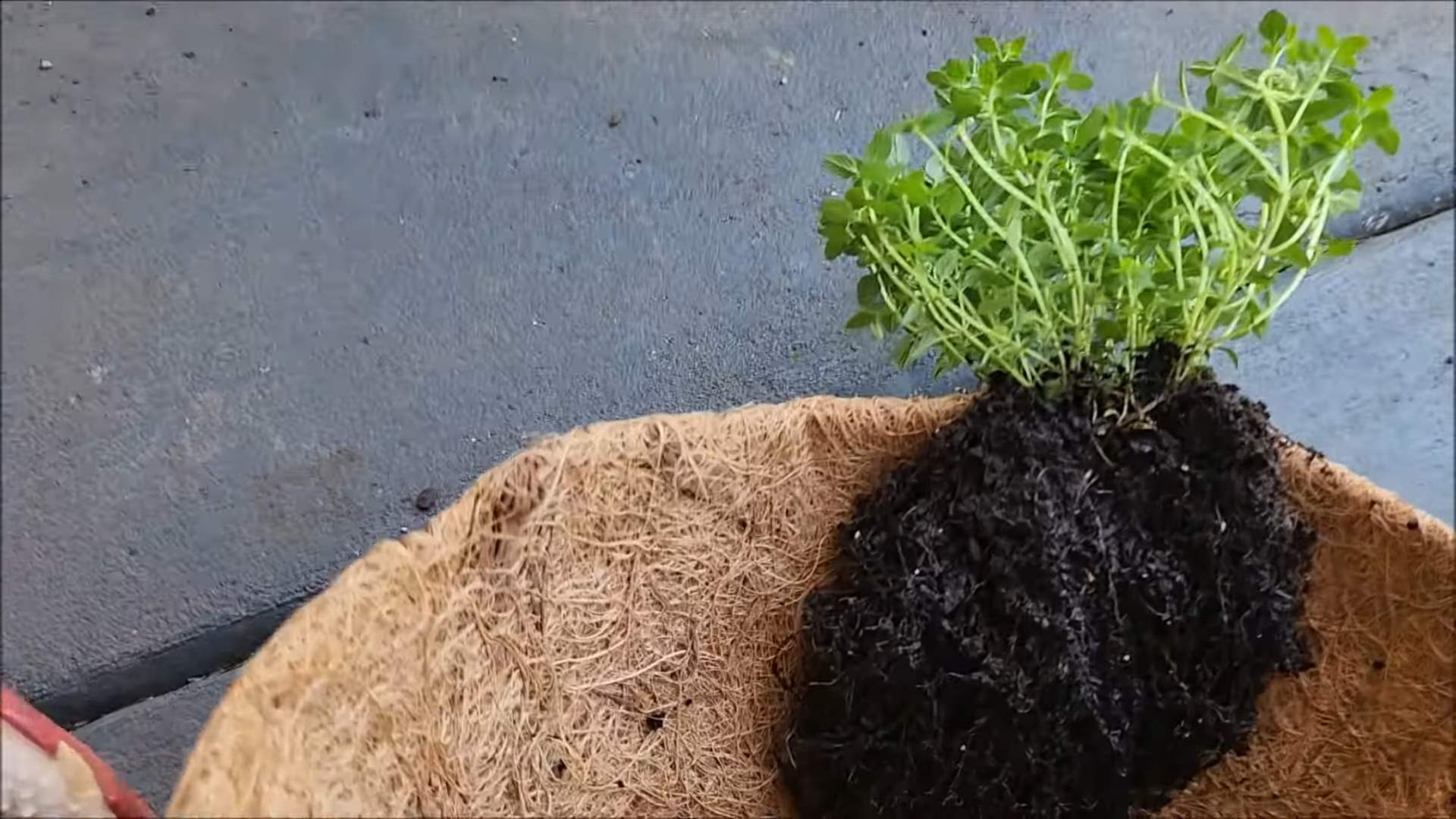
Growing Thyme Indoors: A Beginner’s Guide to Fresh Herbs Year-Round
Hey there, fellow plant enthusiasts! Ever dreamt of having fresh, fragrant thyme right at your fingertips, no matter the season? Well, you’re in luck! Growing thyme indoors is surprisingly easy and rewarding. I’m going to walk you through everything you need to know to cultivate your own little thyme haven inside your home. Let’s get started!
Choosing the Right Thyme Variety
First things first, let’s talk thyme types. While all thyme is delicious, some varieties are better suited for indoor growing than others. Here are a few of my favorites:
* English Thyme (Thymus vulgaris): This is your classic, all-purpose thyme. It’s got a strong, earthy flavor and is perfect for cooking. It’s also pretty resilient, making it a great choice for beginners.
* Lemon Thyme (Thymus citriodorus): As the name suggests, this thyme has a lovely citrusy aroma and flavor. It’s fantastic in teas, salads, and with fish.
* Creeping Thyme (Thymus serpyllum): While often used as a ground cover outdoors, creeping thyme can also thrive indoors. It has a more delicate flavor and is beautiful cascading over the edge of a pot.
Gathering Your Supplies
Okay, now that we’ve picked our thyme, let’s gather our supplies. You’ll need:
* Thyme Seeds or a Thyme Plant: You can start from seeds or buy a small plant from your local nursery. Starting from seeds takes longer, but it’s more budget-friendly.
* A Pot with Drainage Holes: Drainage is crucial! Thyme hates soggy roots. Choose a pot that’s at least 6 inches in diameter. Terracotta pots are great because they allow the soil to breathe.
* Well-Draining Potting Mix: Regular garden soil is too heavy for indoor containers. Use a potting mix specifically formulated for herbs or vegetables. You can even make your own by mixing equal parts potting soil, perlite, and compost.
* Grow Lights (Optional but Recommended): Thyme needs plenty of sunlight, and sometimes our indoor spaces just don’t cut it. Grow lights can supplement natural light, especially during the winter months.
* Watering Can or Spray Bottle: For gentle watering.
* Fertilizer (Optional): A balanced liquid fertilizer can help your thyme thrive, but it’s not essential.
Planting Your Thyme
Alright, let’s get our hands dirty! Here’s how to plant your thyme:
Starting from Seeds:
1. Prepare the Pot: Fill your pot with the well-draining potting mix, leaving about an inch of space at the top.
2. Sow the Seeds: Sprinkle the thyme seeds evenly over the surface of the soil. They’re tiny, so don’t worry about spacing them perfectly.
3. Cover Lightly: Gently press the seeds into the soil and cover them with a very thin layer of potting mix or vermiculite.
4. Water Gently: Use a spray bottle to mist the soil until it’s evenly moist. Be careful not to overwater!
5. Cover with Plastic Wrap: Cover the pot with plastic wrap to create a humid environment. This will help the seeds germinate.
6. Place in a Warm Location: Put the pot in a warm, sunny spot or under grow lights.
7. Wait Patiently: Thyme seeds can take anywhere from 14 to 21 days to germinate. Keep the soil consistently moist, but not soggy. Remove the plastic wrap once the seedlings emerge.
Planting a Thyme Plant:
1. Prepare the Pot: Fill your pot with the well-draining potting mix, leaving about an inch of space at the top.
2. Remove the Thyme Plant from its Container: Gently loosen the soil around the roots and carefully remove the plant from its original container.
3. Loosen the Roots: If the roots are tightly packed, gently loosen them with your fingers.
4. Plant the Thyme: Place the thyme plant in the center of the pot, making sure the top of the root ball is level with the soil surface.
5. Fill with Soil: Fill in the remaining space around the plant with potting mix, gently pressing down to secure it.
6. Water Thoroughly: Water the thyme plant thoroughly until water drains out of the bottom of the pot.
Caring for Your Indoor Thyme
Now that your thyme is planted, it’s time to learn how to keep it happy and healthy.
Light:
Thyme needs at least 6-8 hours of sunlight per day. A south-facing window is ideal. If you don’t have enough natural light, supplement with grow lights. I use a simple LED grow light that I got online, and it works wonders.
Watering:
Thyme is drought-tolerant, so it’s better to underwater than overwater. Let the soil dry out completely between waterings. When you do water, water deeply until water drains out of the bottom of the pot. Avoid getting the leaves wet, as this can lead to fungal diseases.
Temperature:
Thyme prefers temperatures between 60-70°F (15-21°C). Avoid placing it near drafts or heat sources.
Fertilizing:
You can fertilize your thyme every 2-3 weeks with a balanced liquid fertilizer diluted to half strength. However, thyme doesn’t need a lot of fertilizer, so don’t overdo it.
Pruning:
Pruning is essential for keeping your thyme plant bushy and productive. Regularly pinch back the tips of the stems to encourage new growth. You can also harvest sprigs of thyme as needed for cooking.
Pest Control:
Thyme is relatively pest-resistant, but it can occasionally be affected by aphids or spider mites. If you notice any pests, try spraying them with a strong stream of water or using an insecticidal soap.
Harvesting Your Thyme
The best part about growing thyme indoors is, of course, harvesting it! You can start harvesting thyme once the plant is about 4-6 inches tall.
1. Choose Your Sprigs: Select healthy, vibrant sprigs of thyme to harvest.
2. Cut Carefully: Use sharp scissors or pruning shears to cut the sprigs, leaving at least 2 inches of growth on the plant.
3. Use Fresh or Dry: You can use the thyme fresh or dry it for later use. To dry thyme, simply hang the sprigs upside down in a cool, dry place until they are brittle.
Troubleshooting Common Thyme Problems
Even with the best care, you might encounter a few problems along the way. Here are some common issues and how to fix them:
* Yellowing Leaves: This can be a sign of overwatering, underwatering, or nutrient deficiency. Check the soil moisture and adjust your watering accordingly. If the soil is dry, water thoroughly. If the soil is soggy, let it dry out completely before watering again. You can also try fertilizing with a balanced liquid fertilizer.
* Leggy Growth: This means your thyme isn’t getting enough light. Move it to a sunnier location or supplement with grow lights.
* Moldy Soil: This is usually caused by overwatering and poor drainage. Make sure your pot has drainage holes and that you’re not overwatering. You can also try adding some perlite to the soil to improve drainage.
* Pests: As mentioned earlier, aphids and spider mites can sometimes be a problem. Spray them with a strong stream of water or use an insecticidal soap.
Repotting Your Thyme
Eventually, your thyme plant will outgrow its pot. When this happens, it’s time to repot it into a larger container.
1. Choose a New Pot: Select a pot that’s 1-2 inches larger in diameter than the current pot.
2. Prepare the Pot: Fill the new pot with well-draining potting mix, leaving about an inch of space at the top.
3. Remove the Thyme Plant: Gently loosen the soil around the roots and carefully remove the plant from its current pot.
4. Loosen the Roots: If the roots are tightly packed, gently loosen them with your fingers.
5. Plant the Thyme: Place the thyme plant in the center of the new pot, making sure the top of the root ball is level with the soil surface.
6. Fill with Soil: Fill in the remaining space around the plant with potting mix, gently pressing down to secure it.
7. Water Thoroughly: Water the thyme plant thoroughly until water drains out of the bottom of the pot.
Enjoying Your Homegrown Thyme
Now that you’ve successfully
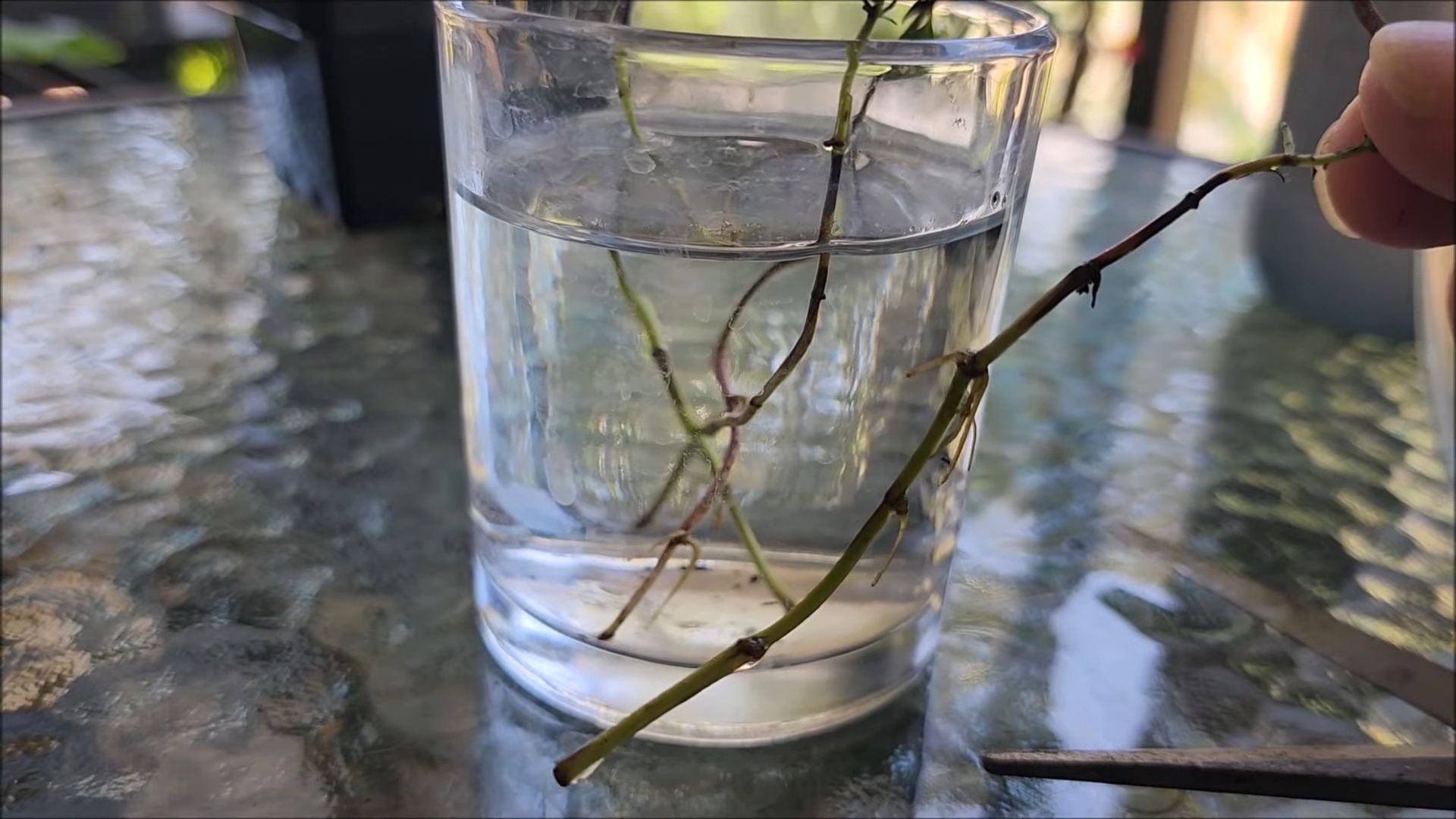
Conclusion
So, there you have it! Growing thyme indoors is not only achievable, but it’s also incredibly rewarding. Imagine having fresh, fragrant thyme readily available to elevate your culinary creations, no matter the season. Forget those sad, dried-out jars from the supermarket – with a little effort, you can cultivate your own thriving thyme plant right in your kitchen.
This DIY trick is a must-try for several reasons. First, the flavor of homegrown thyme is simply unmatched. It’s more vibrant, more aromatic, and adds a depth of flavor to your dishes that store-bought thyme just can’t replicate. Second, it’s incredibly convenient. No more last-minute trips to the grocery store when you realize you’re out of thyme. Third, it’s cost-effective. A single thyme plant can provide you with a continuous supply of fresh herbs for months, even years, saving you money in the long run. Finally, it’s a deeply satisfying experience to nurture a plant from a tiny seedling or cutting to a flourishing herb.
But the best part? You can customize your indoor thyme garden to suit your preferences. Want to try different varieties? Go for it! Lemon thyme adds a citrusy twist, while creeping thyme is perfect for cascading over the edge of your pot. Experiment with different containers, from rustic terracotta pots to sleek modern planters, to match your home décor. You can even create a miniature herb garden by planting thyme alongside other compatible herbs like rosemary, oregano, and sage.
Don’t be afraid to experiment with different lighting conditions and watering schedules to find what works best for your thyme plant. Remember, every home is different, and what works for one person might not work for another. The key is to observe your plant closely and adjust your care accordingly.
We’ve covered the basics of growing thyme indoors, but the real magic happens when you put these tips into practice. So, grab a pot, some soil, and a thyme plant (or seeds!), and get started on your indoor herb gardening journey today. You’ll be amazed at how easy and rewarding it is to grow your own fresh thyme.
We’re confident that you’ll love having fresh thyme at your fingertips. But don’t just take our word for it – try it yourself! We encourage you to embark on this simple yet fulfilling project. Once you’ve experienced the joy of harvesting your own homegrown thyme, we’d love to hear about it. Share your experiences, tips, and photos with us in the comments below. Let’s build a community of indoor herb gardeners and inspire others to discover the joys of growing their own food. Happy growing!
Frequently Asked Questions (FAQ)
1. What kind of thyme is best for growing indoors?
While most thyme varieties can be grown indoors, some are better suited than others. Common thyme (Thymus vulgaris) is a popular choice due to its robust flavor and ease of care. Lemon thyme (Thymus citriodorus) is another excellent option, offering a delightful citrusy aroma and flavor. Creeping thyme (Thymus serpyllum) can also be grown indoors, but it’s more commonly used as a ground cover and may require more space to spread. Ultimately, the best thyme for you depends on your personal preferences and the space you have available. Experiment with different varieties to find your favorite!
2. How much sunlight does indoor thyme need?
Thyme thrives in bright, sunny conditions. Ideally, your indoor thyme plant should receive at least six hours of direct sunlight per day. A south-facing window is usually the best option. If you don’t have access to enough natural light, you can supplement with a grow light. Position the grow light about 6-12 inches above the plant and keep it on for 12-14 hours per day. Insufficient light can lead to leggy growth and a weaker flavor.
3. What kind of soil is best for growing thyme indoors?
Thyme prefers well-draining soil. A sandy or loamy soil mix is ideal. You can purchase a pre-made potting mix specifically formulated for herbs, or you can create your own by mixing equal parts potting soil, perlite, and sand. Avoid using heavy, clay-based soils, as they can retain too much moisture and lead to root rot. Good drainage is crucial for healthy thyme growth.
4. How often should I water my indoor thyme plant?
Overwatering is a common mistake when growing thyme indoors. Thyme prefers to dry out slightly between waterings. Water your plant only when the top inch of soil feels dry to the touch. When you do water, water thoroughly until water drains out of the bottom of the pot. Be sure to empty the saucer beneath the pot to prevent the plant from sitting in water. During the winter months, when growth slows down, you may need to water even less frequently.
5. Does indoor thyme need fertilizer?
Thyme is not a heavy feeder and doesn’t require frequent fertilization. However, you can give your plant a boost by fertilizing it lightly every few months during the growing season (spring and summer). Use a balanced liquid fertilizer diluted to half strength. Avoid over-fertilizing, as this can lead to leggy growth and a less intense flavor.
6. How do I harvest thyme from my indoor plant?
Harvesting thyme is easy! Simply snip off stems with clean scissors or pruning shears. You can harvest up to one-third of the plant at a time without harming it. Regular harvesting encourages bushier growth. Harvest thyme in the morning, after the dew has dried, for the best flavor. You can use the fresh thyme immediately, or you can dry it for later use.
7. How do I dry thyme?
There are several ways to dry thyme. One method is to tie the stems together in small bundles and hang them upside down in a cool, dry, and well-ventilated place. Another method is to spread the thyme sprigs on a baking sheet and dry them in a low oven (170°F or 77°C) for a few hours. You can also use a dehydrator to dry thyme. Once the thyme is completely dry, crumble the leaves and store them in an airtight container in a cool, dark place.
8. My thyme plant is turning yellow. What’s wrong?
Yellowing leaves can indicate several problems. Overwatering is a common cause. Make sure the soil is well-draining and that you’re not watering too frequently. Underwatering can also cause yellowing, so check the soil moisture regularly. Nutrient deficiencies can also lead to yellowing. Try fertilizing your plant with a balanced liquid fertilizer. Finally, pests or diseases can also cause yellowing. Inspect your plant carefully for any signs of infestation or disease.
9. My thyme plant is leggy and spindly. What should I do?
Leggy growth is usually caused by insufficient light. Move your plant to a sunnier location or supplement with a grow light. Pruning can also help to encourage bushier growth. Trim back the stems to encourage new growth from the base of the plant.
10. Can I propagate thyme from cuttings?
Yes, thyme is easy to propagate from cuttings. Take a 4-6 inch cutting from a healthy stem, removing the leaves from the bottom inch. Dip the cut end in rooting hormone (optional) and plant it in a small pot filled with well-draining potting mix. Keep the soil moist but not soggy. Place the pot in a warm, bright location, but out of direct sunlight. Roots should develop in a few weeks. Once the cutting has rooted, you can transplant it into a larger pot. This is a great way to expand your indoor thyme garden!

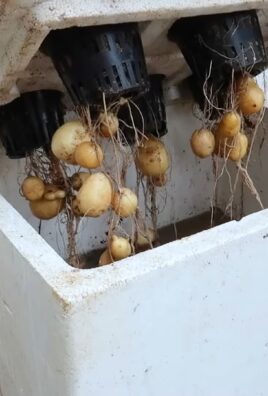
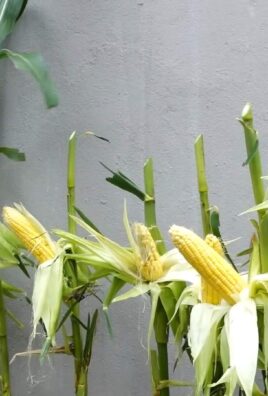
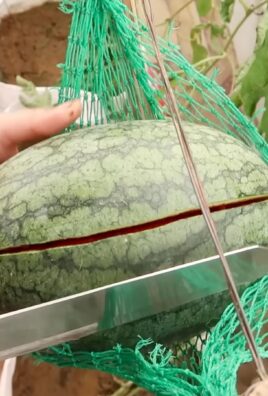
Leave a Comment